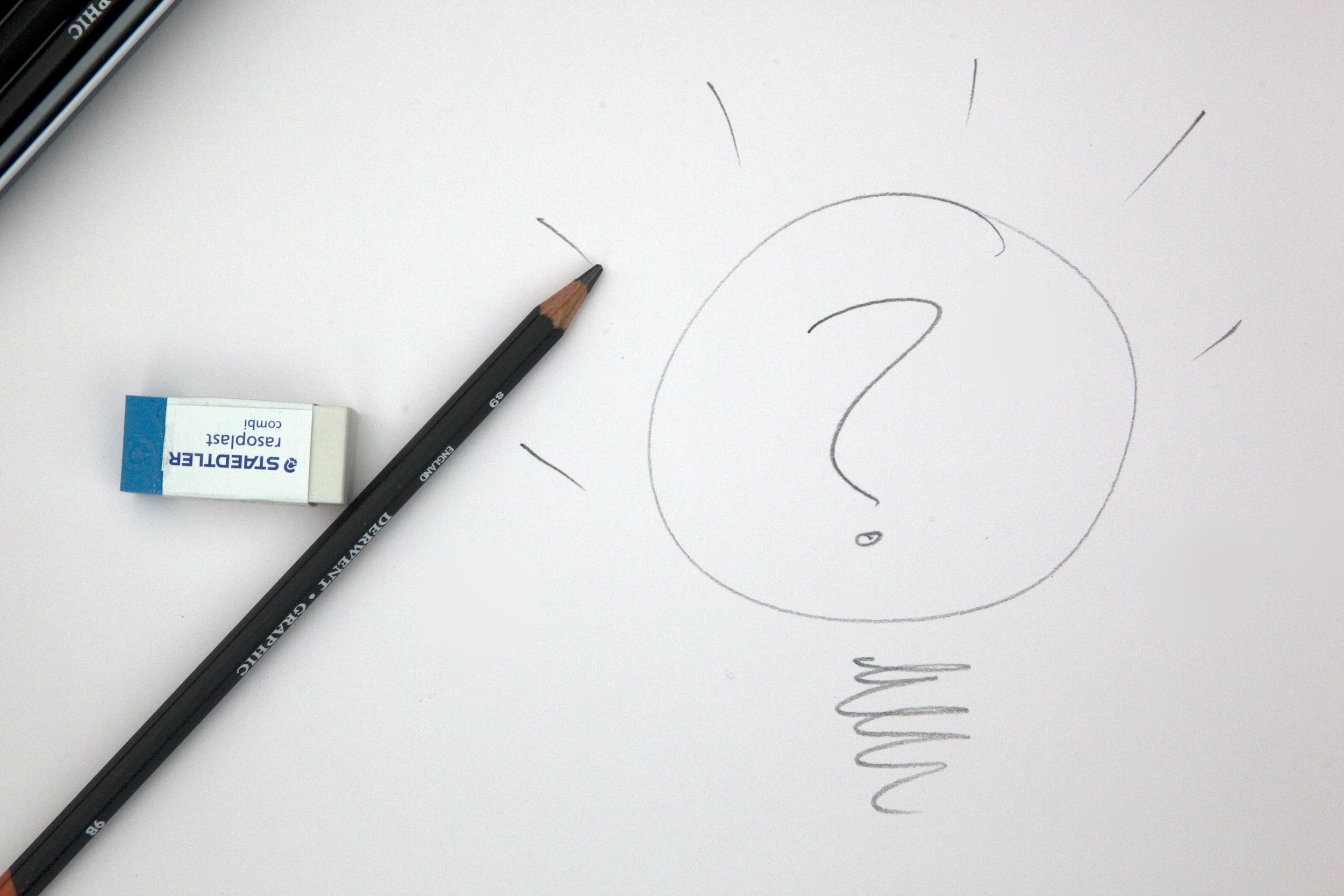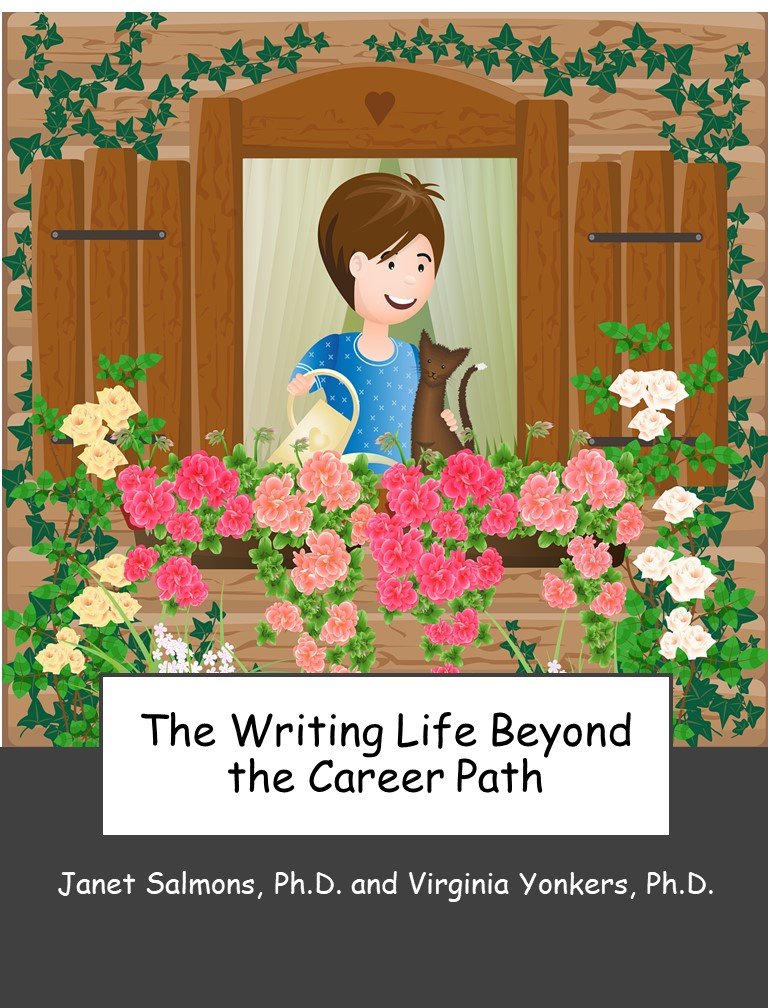Academic Writing with Pen in Hand
Academic Writing Month is a focus for SAGE Methodspace each November. Every year we offer posts about the practical skills and forms or publication relevant to researchers and writers. (See the unfolding series for AcWriMo2023.) I wrote this post for AcWriMo 2018, and revisit it every year for Fountain Pen Day.
During the Covid-19 pandemic we saw two seemingly divergent trends. On one side, even digital Luddites had to become acquainted with videoconferencing for professional and personal communication. At the same time, countless articles encouraged people to deal with isolation and stress using analog means, such as diaries, journaling, and snail mail letters and postcards. Recent articles point to improved small motor skills and deeper learning that come from writing by hand.
I don’t need to be convinced. I confess, I am a fountain pen fanatic. In this post I’ll speak from experience, and draw on some research as well.
Writing by hand helps me develop reflective and creative skills that I believe make me a better researcher and academic writer. I have developed a hybrid writing style. I make notes, to-do lists, journal entries and sketches with a fountain pen. I compose and edit on a computer. The physicality of handwriting is heightened when a fountain pen is in hand. Fountain pen users develop fond relationships with their pens. It is hard to have warm feelings about a computer: while we might like our laptops or tablets, we know they will become obsolete and be replaced. Pens, however, can last a lifetime.
Why bother with a fountain pen?
The reasons are aesthetic and personal. As Philip Hensher observed in The Missing Link: The Lost Art of Handwriting, "handwriting is what registers our individuality... it involves us in a relationship with the written word which is sensuous, immediate and individual.” (p. 17). You can fill your pens with your favorite color inks, and write in wispy fines or boldly broad strokes.
My sense is that writing by hand connects with different parts of the brain than by typing. The pen seems to release the right-brain's creativity. If I am feeling intimidated by the awesome where-to-start moment, the responsibility to put words on a new blank document, I might pick up a pen. A doodle might tone down the stress. I can sketch ideas into a diagram, or outline main points, then turn back to the screen to move forward. And some of the pen noodlings will become usable figures when transferred into a graphics program.
As with many things in life, what one person considers a pleasure, another considers an annoyance. Fountain pen lovers find the caretaking involved, like cleaning or refilling the pen with ink, to be small rituals. Such rituals are beneficial moments of reflection, a pause that helps me re-assess the direction I am taking with the writing on the screen.
Apparently I am not alone in my enjoyment of pen on paper as a complement to technology. David Sax described his surprise at seeing Silicon Valley techies with Moleskin notebooks, rather than computer notebooks. While many thought paper notebooks were a thing of the past, sales are soaring. Sax pointed out that:
A paper notebook is a walled garden, free from detours (except doodling), and requiring no learning curve….Moves back toward analog methods and tools seek, in a way, to undo many of the most heralded productivity advances of the digital era, which have morphed into vast time sucks. The same individuals and companies who once touted multitasking and ’round-the-clock connectivity are now actively searching for solutions that return work methods to a scale better adapted to human needs and traits.
Mueller (2014) and Aragón-Mendizábal et al (2016) compared college students’ performance when they typed notes with a computer and when they wrote them by hand. Both studies found that students who used computer-written notes performed better on assignments that expected them to retrieve and reproduce factual information. Both studies found that handwriting students’ performance was higher when the learning activity required more conceptual thinking and deeper levels of processing than simple transcription (Aragón-Mendizábal, Delgado-Casas, Navarro-Guzmán, Menacho-Jiménez, & Romero-Oliva, 2016; Mueller & Oppenheimer, 2014). While these small studies do not offer adequate evidence to suggest that all students who type notes miss important learning, they point raise important questions about how the ways we put words onto paper relate to how we think and learn. I have not found research that looked at these kinds of questions from the other side, to explore the styles and choices of academic writers. Might writing by hand help us connect with deeper conceptual interpretations of the content?
The balance and mix of pens, computers, devices, or all of the above, reflects individual preferences. This Academic Writing Month, might you try something new and see whether your preferences are ripe for change?
References
Aragón-Mendizábal, E., Delgado-Casas, C., Navarro-Guzmán, J.-I., Menacho-Jiménez, I., & Romero-Oliva, M.-F. (2016). A comparative study of handwriting and computer typing in note-taking by university students. Análisis comparativo entre escritura manual y electrónica en la toma de apuntes de estudiantes universitarios., 24(48), 101-107. doi:10.3916/C48-2016-10
Mueller, P. A., & Oppenheimer, D. M. (2014). The pen is mightier than the keyboard: advantages of longhand over laptop note taking. Psychol Sci, 25(6), 1159-1168. doi:10.1177/0956797614524581












Don’t get caught by predatory publishers!